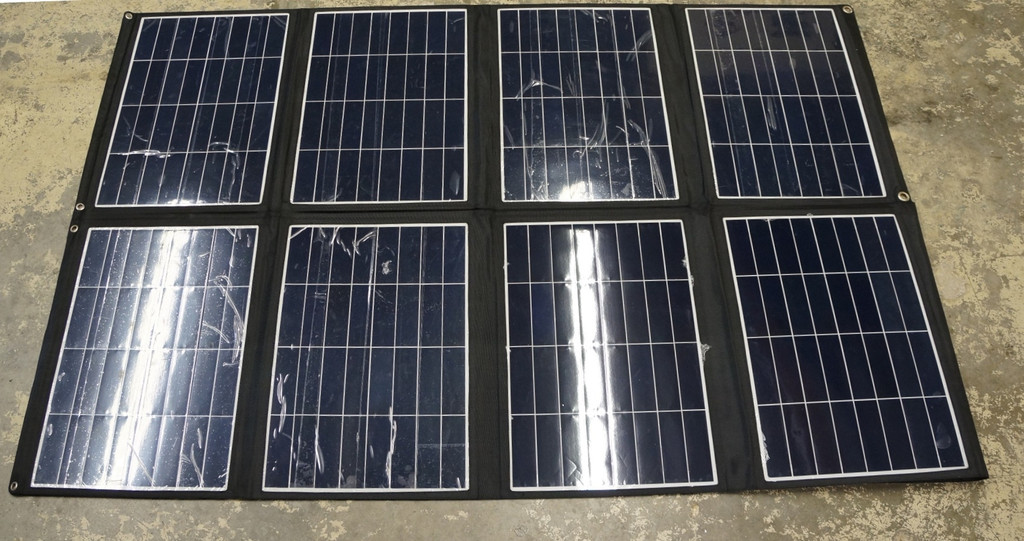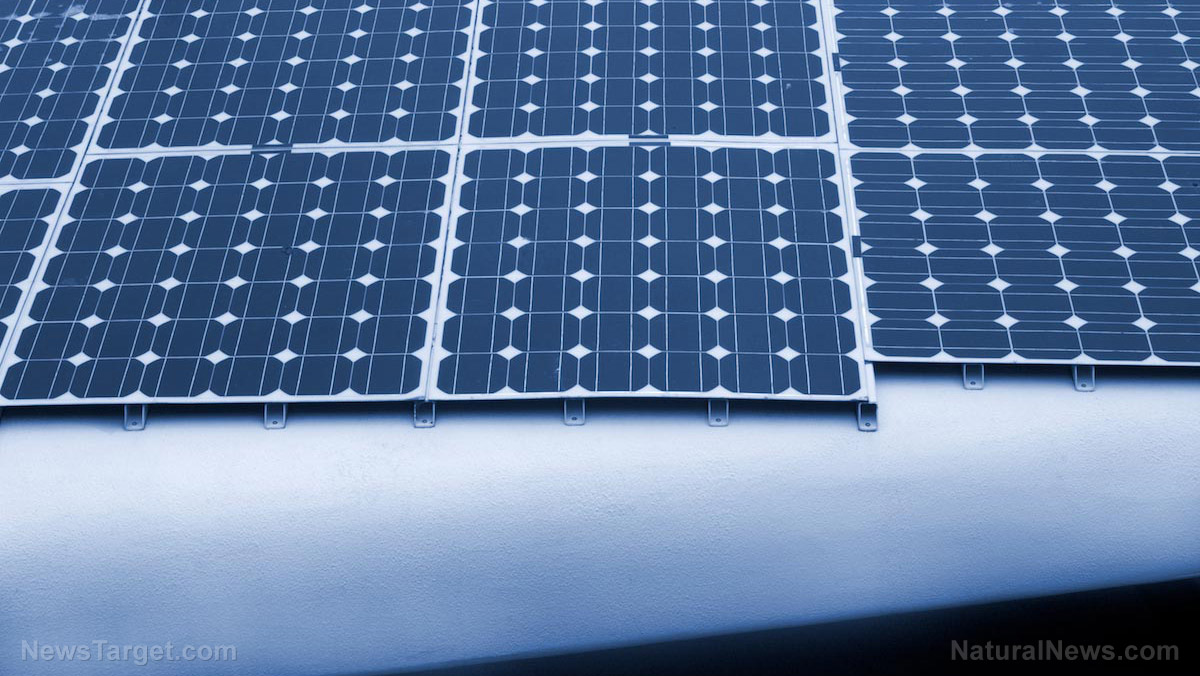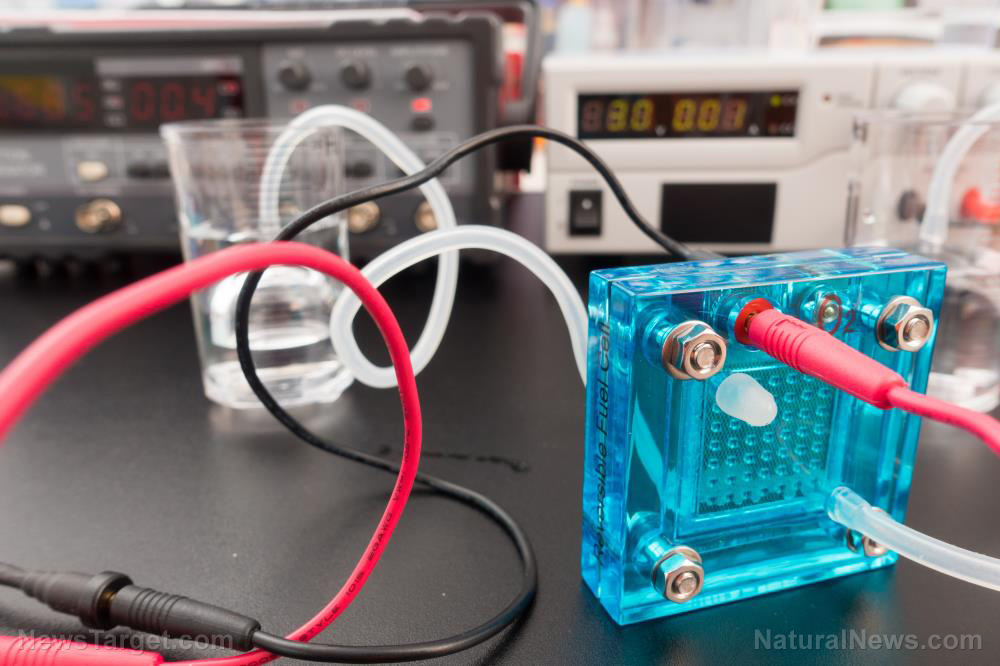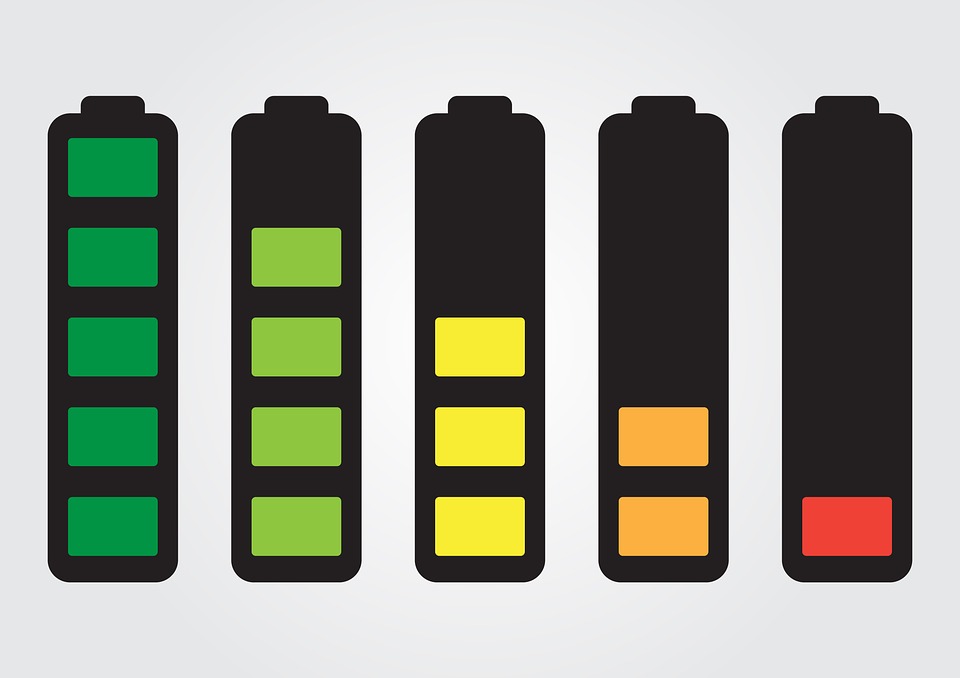Solar power 24/7: China plans to build first solar power station in space and beam power to Earth
07/17/2019 / By Tracey Watson

The race to colonize space is heating up, with traditional players like the United States and Russia being steadily outrun by newcomers China and a whole host of independent companies desperate to be the first to stake their claim.
China’s massive annual budget of $8 billion for space exploration means it is second only to the U.S. in terms of funds available to win this race, and the Asian superpower has already accomplished some amazing feats in space.
The country recently cemented its reputation as a space explorer to be reckoned with by being the first country to successfully land on the so-called “dark” side of the moon. Now, it has promised to become the first country to build a space station that has practical value by building the first ever solar power station in space.
A researcher from the China Academy of Space Technology Corporation says this solar space station could provide “an inexhaustible source of clean energy for humans.” (Related: The solar energy industry is exploding with new technologies, including “solar paint”.)
Taking the search for renewable energy to new heights
As reported by the U.K.’s Daily Mail, the planned solar space station would be entirely powered by the sun and would convert sun rays into electricity and then beam them back to Earth. This would provide a “near-constant supply of energy” for the planet.
China is already testing the technology for this space station on a smaller scale. The Mail reported:
A test of the technology is expected to take place between 2021 and 2025 in the stratosphere before a one megawatt solar facility is spent into space by 2030, according to the state-backed Science and Technology Daily.
Future missions will be bigger and more efficient, the plans claim.
An experimental testing base has already been established in the western city of Chongqing to work on the project.
There are practical issues to overcome, however, including the weight of the proposed solar space station.
The website Stuff.co.nz explains:
Researchers are examining whether a space factory using robots and 3D printing technology could construct the power station in space, avoiding the need to launch a heavy structure from earth.
China’s lofty plans don’t end there, however. The country has also announced its intention to build a base on the moon using 3D printing technology.
The Chinese space agency plans to return to the moon before the end of this year, and a further three missions will closely examine the possibility of building houses there.
The Mail explained:
After Chang’e-5 returns lunar rocks from the surface the next mission, Chang’e-6 will be the first mission to explore the south pole of the moon.
Chang’e-7 will study the land surface, composition and space environment in a comprehensive mission, it was claimed, while Chang’e-8 will focus on technical surface analysis.
Is allowing the Chinese this much control a good idea?
While China’s plans seem exciting on the surface, they also raise concerns. The country isn’t exactly a model of tolerance and open-mindedness, and there are real fears that the Chinese government will use its solar space station to spy on the Earth.
Another concern is the fact that a microwave or laser beam would be used to beam the electricity from the station back to the Earth. Scientists have raised concerns about our planet being subjected to constant microwave radiation in this way. Related: Solar energy plants ignite birds in mid-air; thousands killed by intense light beams.
And then there’s the question of whether allowing one country to basically hijack the sun’s power might give that country the future opportunity of demanding that the Earth’s inhabitants do its bidding or risk losing that energy.
All things considered, allowing China to take control of space might not be such a great idea after all.
See who’s winning the race at Space.news.
Sources include:
Tagged Under: China, Clean Energy, future tech, green energy, green power, national security, renewable energy, scientific dictatorship, solar energy, solar power, solar power station, Space, Space Race, space station
RECENT NEWS & ARTICLES
COPYRIGHT © 2017 POWER NEWS



















